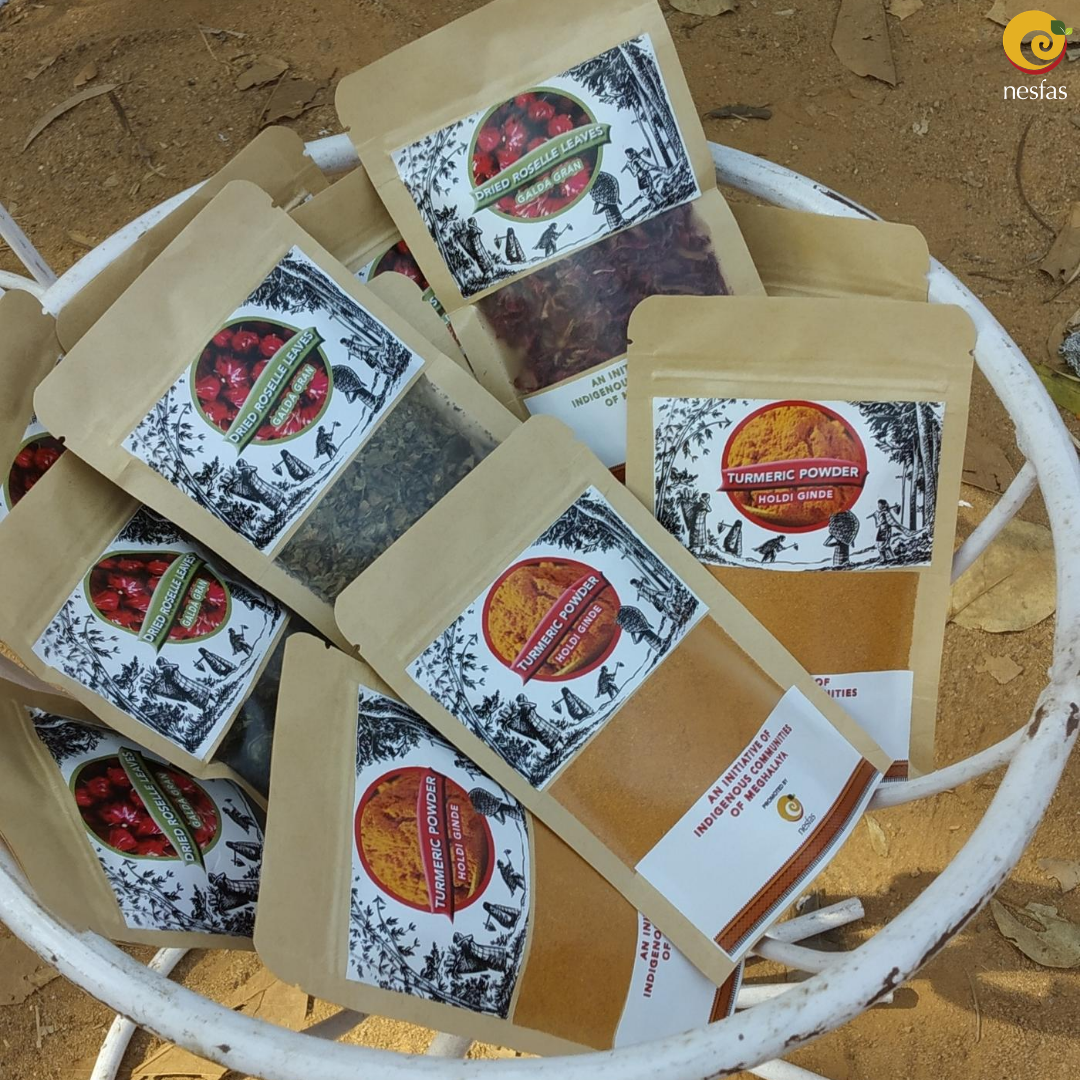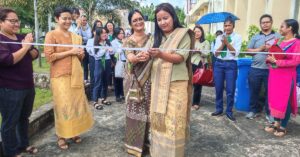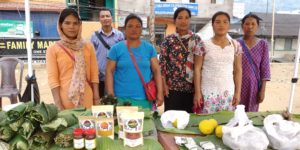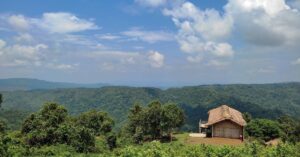
An increasing number of conscious consumers have started opting for value-added products all over the world, food products being the raging tide amongst them. These value-conscious buyers choosing organically enhanced food over the fast-food culture’s ‘ready to heat; eat’ products.
The belief is that there’s ‘something more’ to food than just ingesting, is the paramount
reason. Value-adding could be understood as the reinvention of a product to enhance financial returns. But what is this ‘reinvention’ that takes place-what are the processes at
play?
In September 2019, NESFAS conducted a value-addition training for the community of
Daribokgre village from Garo Hills. The training was attended by the local community
groups of Participatory Guarantee Systems (PGS) and the Self Help Groups (SHG), for three consecutive days at the village of Ganol Songma in West Garo Hills.

Following the training session, the acquired skills in food processing were put to use by the
Daribokgre community members, by starting their value-added product ventures. These
ventures will not only help them establish a new local industry in place but will also minimize the potential risk of failure or economic loss.
However, with any kind of progress, even positive ones, hurdles appear and simultaneously solutions to tackle them. As the buyers; demand for value-added products increased, so did the revenue for the farmers and producers, but soon the raw ingredients were able to meet the demand for production.
Therefore, NESFAS stepped back in and helped the farmers formulate a production plan.
Learning from it, the farmers have prioritized to grow their crops under certain criteria of
nutritive and income-enhancing crops.
Sengte Marak, a custodian farmer and NESFAS community facilitator from Daribokgre, said, “Last year, we didn't have enough raw ingredients to make our jams, or to meet consumer demands. This year, however, we have double the number of seeds varieties to sow from which our SHGs can process and sell various value-added products.”



